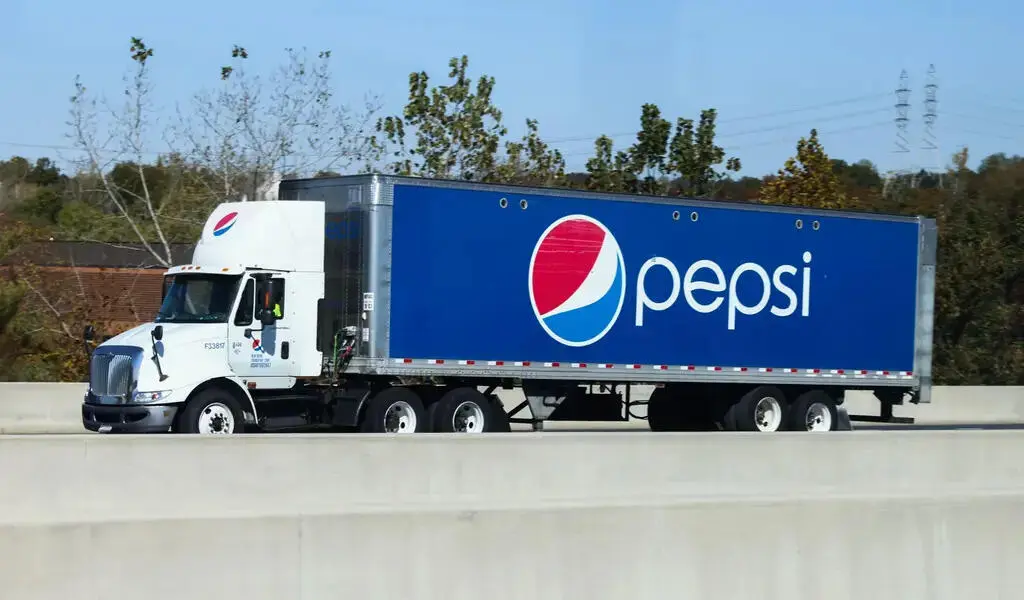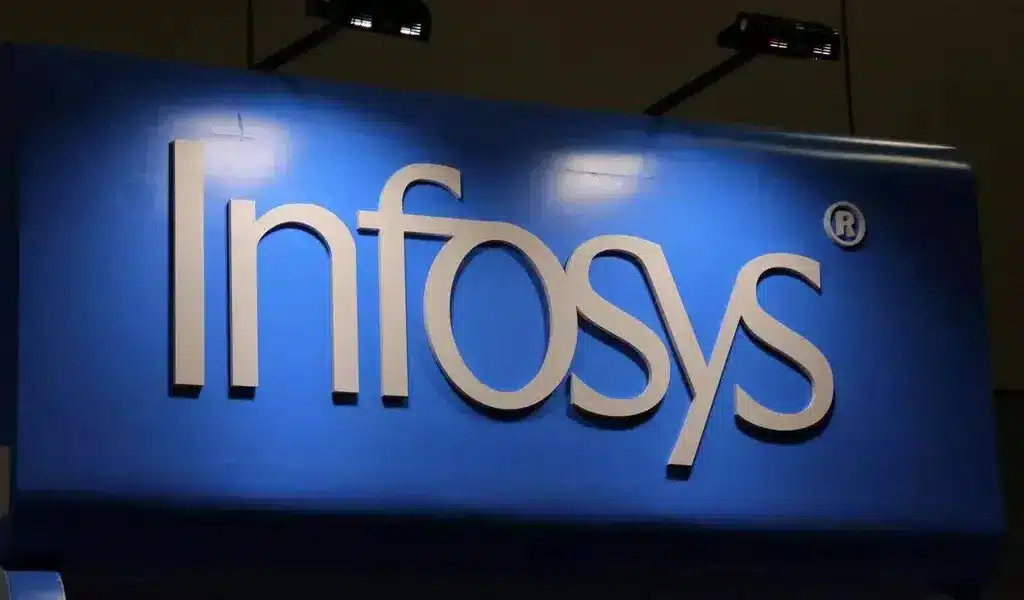Business
Vulnerability Assessment Methodology: Quick Guide

As a business organization, building on your strengths is fine, but the weaknesses you overcome make you stronger and better able to withstand challenges. No company wants to be ransomed for stolen data, receive lousy publicity for data leaks, or pay heavy penalties for regulatory violations. The solution lies in performing vulnerability assessments to identify and remedy weaknesses before bad actors compromise your systems.
Vulnerability assessment, defined in simple terms, is the methodology that identifies security shortcomings in IT applications, systems, and networks and kickstarts hack-proof remedial measures. The scanning is done by the in-house security admin using technology tools or outsourced to domain experts in cyber security vulnerability assessment.
The Categories Of Vulnerability Assessment
Vulnerability assessment combines methodologies and scanning tools to expose grey areas, threats, and risks to deploy problem-specific solutions. Vulnerability assessment benefits companies by protecting their operations, employees, and databases from malicious third-party attacks.
There are three vulnerability scanning methodologies in force:
1. External Scanning That Shadows The Network Vulnerability Assessment
The most serious cyber security threats involve the IT components that face the internet or external business environment. The company interacts with the end-users, the customer/unknown third parties. The network, websites, systems, and applications that face the customer are most vulnerable.
2. Internal Scanning, Which Monitors The In-house Security Risk
An internal scan reveals vulnerabilities in greater detail than external scanning. The most common exposures are – inefficient third-party security patching, neglecting to attend to high-risk security loopholes and failure to detect DROWN vulnerability, EternalBlue exploits, and Heartbleed attacks that target systems with weak or ageing IT architecture.
3. Host Vulnerability Scanning, Which Monitors Cloud Services, IoT, And Mobile Devices
The “Work from anywhere” capabilities are posing serious security challenges. Host vulnerability scanning takes a deeper look at the cloud benchmarking parameters and the hardware and software assets that come into play when company operations shift to the cloud. Scanning covers all the endpoints connecting to mobile devices and IoT devices to protect servers and workstations.
Vulnerability Assessment Methodology: 5 Salient Features
The vulnerability assessment checklist is a sequential methodology designed to detect security flaws, provide valuable insights, and suggest remedies that cover loopholes and plug gateways that are potential entry points of cyberattacks.
1. The Planning Stage: The Business Impact Assessment
The operating system undergoes scanning, and each component is prioritized according to its value in the business chain and risk-weightage analysis. The planning stage analyzes the business impact of device vulnerability on the migration process.
2. The Scanning Phase: Detecting Vulnerabilities, Flaws, And Bugs
Advanced vulnerability assessment tools, security protocols, and analytics come into play for exposing cracks in the IT architecture. Scanning tools are very effective because they have the backing of vast databases on systems vulnerabilities and threat intelligence scenarios that enable the means to detect unusual patterns in systems.
3. The Analysis Spectrum: Unravelling Bugs, Improving Safeguards
The goal of intense probing and analysis is to unravel root causes that precipitate vulnerabilities. The most vulnerable infrastructure elements are overcome to ensure the danger gets neutralized. Various tools come into play to find the solution appropriate to the severity and urgency of the security risk. The analysis stage takes cognizance of the company’s security policies to improve safeguards.
4. The Remediation Response: The Containment, Eradication, And Recovery Of Vulnerabilities
The goal of remediation is to neutralize an attack and prevent the attacker from breaching the perimeters of the company’s IT infrastructure. Remediation involves vulnerability assessment software patching, blocking, or fixing of identified vulnerabilities on an ongoing real-time basis.
Remediation may initially involve something simpler like product updates or a systems upgrade which is then applied selectively to bring servers to the desired level of security compliance.
5. The Security Vulnerability Assessment Report: Actioning vulnerabilities before hackers do it for you
The VA Report is the do-or-die moment where the security professional prepares and submits a concise and clear blueprint outlining the business’s vulnerabilities. Each security weakness will be detailed, assigning a risk-weightage appropriate to the problem and suggesting measures to remedy bugs and block future threats.
VA reports may suggest a combination of vulnerability assessment and penetration testing, which manually simulates a cyberattack on the company’s IT systems and digital assets.
The idea is to ascertain the infrastructure’s capacity to withstand an attack.
Conclusion
Growing businesses accessing innovative technologies face ever-evolving cyber-attacks which threaten to compromise all that companies struggle to achieve. The deployment of threat and vulnerability assessment tools gives organizations the home advantage of identifying weaknesses and patching remedies before the threat blooms into a full-scale emergency.
You are not only warding off cyber threats using vulnerability assessments; you’re checking the systems and operating protocols for compliance against different regulatory parameters.
Vulnerability testing safeguards the customer, cocoons online transactions, protects databases, and ensures that operating protocols are regulatory compliant – in effect, you are creating a win-win situation for customers and companies.

Business
PepsiCo Reduces Revenue Projections As North American Snacks And Key International Markets Underperform.

(VOR News) – In the third quarter of this year, Pepsi’s net income was $2.93 billion, which is equivalent to $2.13 per share. This was attributed to the company.
This is in stark contrast to net income of $3.09 billion, which is equivalent to $2.24 per share, during the same period in the previous year. The company’s earnings per share were $2.31 when expenses were excluded.
Net sales decreased by 0.6%, totaling $23.32 billion. Organic sales increased by 1.3% during the quarter when the effects of acquisitions, divestitures, and currency changes are excluded.
Pepsi’s beverage sales fell this quarter.
The most recent report indicates that the beverage and food sectors of the organization experienced a 2% decline in volume. Consumers of all income levels are demonstrating a change in their purchasing habits, as indicated by CEOs’ statements from the previous quarter.
Pepsi’s entire volume was adversely affected by the lackluster demand they encountered in North America. An increasing number of Americans are becoming more frugal, reducing the number of snacks they ingest, and reducing the number of times they purchase at convenience stores.
Furthermore, Laguarta observed that the increase in sales was partially attributed to the election that occurred in Mexico during the month of June.
The most significant decrease in volume was experienced by Quaker Foods North America, which was 13%. In December, the company announced its initial recall in response to a potential salmonella infection.
Due to the probability of an illness, the recall was extended in January. Pepsi officially closed a plant that was implicated in the recalls in June, despite the fact that manufacturing had already been halted.
Jamie Caulfield, the Chief Financial Officer of Pepsi and Laguarta, has indicated that the recalls are beginning to have a lessening effect.
Frito-Lay experienced a 1.5% decline in volume in North America. The company has been striving to improve the value it offers to consumers and the accessibility of its snack line, which includes SunChips, Cheetos, and Stacy’s pita chips, in the retail establishments where it is sold.
Despite the fact that the category as a whole has slowed down in comparison to the results of previous years, the level of activity within the division is progressively increasing.
Pepsi executives issued a statement in which they stated that “Salty and savory snacks have underperformed year-to-date after outperforming packaged food categories in previous years.”
Pepsi will spend more on Doritos and Tostitos in the fall and winter before football season.
The company is currently promoting incentive packets for Tostitos and Ruffles, which contain twenty percent more chips than the standard package.
Pepsi is expanding its product line in order to more effectively target individuals who are health-conscious. The business announced its intention to acquire Siete Foods for a total of $1.2 billion approximately one week ago. The restaurant serves Mexican-American cuisine, which is typically modified to meet the dietary needs of a diverse clientele.
The beverage segment of Pepsi in North America experienced a three percent decrease in volume. Despite the fact that the demand for energy drinks, such as Pepsi’s Rockstar, has decreased as a result of consumers visiting convenience stores, the sales of well-known brands such as Gatorade and Pepsi have seen an increase throughout the quarter.
Laguarta expressed his opinion to the analysts during the company’s conference call, asserting, “I am of the opinion that it is a component of the economic cycle that we are currently experiencing, and that it will reverse itself in the future, once consumers feel better.”
Additionally, it has been noted that the food and beverage markets of South Asia, the Middle East, Latin America, and Africa have experienced a decline in sales volume. The company cut its forecast for organic revenue for the entire year on Tuesday due to the business’s second consecutive quarter of lower-than-anticipated sales.
The company’s performance during the quarter was adversely affected by the Quaker Foods North America recalls, the decrease in demand in the United States, and the interruptions that occurred in specific international markets, as per the statements made by Chief Executive Officer Ramon Laguarta.
Pepsi has revised its forecast for organic sales in 2024, shifting from a 4% growth rate to a low single-digit growth rate. The company reiterated its expectation that the core constant currency profitability per share will increase by a minimum of 8% in comparison to the previous year.
The company’s shares declined by less than one percent during premarket trading. The following discrepancies between the company’s report and the projections of Wall Street were identified by LSEG in a survey of analysts:
SOURCE: CNBC
SEE ALSO:
Old National Bank And Infosys Broaden Their Strategic Partnership.
Business
Old National Bank And Infosys Broaden Their Strategic Partnership.

(VOR News) – Old National Bank, a commercial bank with its headquarters in the Midwest, and Infosys, a firm that specializes in information technology, have recently entered into a strategic expansion of their link, which has been in place for the past four years.
This expansion is more likely to take place sooner rather than later, with the likelihood being higher.
For the purpose of making it possible for Old National Bank to make use of the services, solutions, and platforms that are offered by Infosys, the objective of this expansion is to make it possible for the bank to transform its operations and processes through the application of automation and GenAI, as well as to change significant business areas.
This lets the bank leverage Infosys’ services, solutions, and platforms.
Old National Bank Chairman and CEO Jim Ryan said, “At Old National, we are committed to creating exceptional experiences for both our customers and our fellow employees.”
This statement is applicable to Old National Bank. Infosys is carefully managing the business process innovations that it is putting us through, putting a strong emphasis on efficiency and value growth throughout the process to ensure that it is carried out efficiently.
This is a routine occurrence throughout the entire operation. Because of Infosys’ dedication to our development and success, we are incredibly appreciative of the assistance they have provided.
Old National has been receiving assistance from Infosys in the process of updating its digital environment since the year 2020, according to the aforementioned company.
Ever since that time, the company has been providing assistance. The provision of this assistance has been accomplished through the utilization of a model that is not only powerful but also capable of functioning on its own power.
Infosys currently ranks Old National thirty-first out of the top thirty US banks.
This ranking is based on the fact that Old National is the nation’s largest banking corporation.
It is estimated that the total value of the company’s assets is approximately fifty-three billion dollars, while the assets that are currently being managed by the organization are valued at thirty billion dollars.
Dennis Gada, the Executive Vice President and Global Head of Banking and Financial Services, stated that “Old National Bank and Infosys possess a robust cultural and strategic alignment in the development, management, and enhancement of enterprise-scale solutions to transform the bank’s operations and facilitate growth.”
This remark referenced the exceptional cultural and strategic synergy between the two organizations. Dennis Gada is the one who asserted this claim. This was articulated explicitly concerning the exceptional cultural congruence and strategy alignment of the two organizations.
We are pleased to announce that the implementation of Infosys Topaz will substantially expedite the transformation of Old National Bank’s business processes and customer service protocols. We are exceedingly enthusiastic about this matter. We are quite thrilled about this specific component of the scenario.
Medium-sized banks operating regionally will continue to benefit from our substantial expertise in the sector, technology, and operations. This specific market segment of Infosys will persist in benefiting from our extensive experience. This phenomenon will enable this market sector to sustain substantial growth and efficiency benefits.
SOURCE: THBL
SEE ALSO:
American Water, The Largest Water Utility In US, Is Targeted By A Cyberattack
States Sue TikTok, Claiming Its Platform Is Addictive And Harms The Mental Health Of Children
Qantas Airways Apologizes After R-Rated Film Reportedly Airs On Every Screen During Flight
Business
American Water, The Largest Water Utility In US, Is Targeted By A Cyberattack

The largest regulated water and wastewater utility company in the United States stated Monday that it had been the target of a cyberattack, forcing the company to halt invoicing to consumers.
American Water, The Largest Water Utility In US, Is Targeted By A Cyberattack
American Water, based in New Jersey and serving over 14 million people in 14 states and 18 military facilities, said it learned of the unauthorized activity on Thursday and quickly took precautions, including shutting down certain systems. The business does not believe the attack had an impact on its facilities or operations and said employees were working “around the clock” to determine the origin and scale of the attack.

According to their website, American Water operates over 500 water and wastewater systems in around 1,700 communities across California, Georgia, Hawaii, Illinois, Indiana, Iowa, Kentucky, Maryland, Missouri, New Jersey, Pennsylvania, Tennessee, Virginia, and West Virginia.
SOURCE | AP
-

 News3 years ago
News3 years agoLet’s Know About Ultra High Net Worth Individual
-
Entertainment2 years ago
Mabelle Prior: The Voice of Hope, Resilience, and Diversity Inspiring Generations
-

 Health3 years ago
Health3 years agoHow Much Ivermectin Should You Take?
-

 Tech2 years ago
Tech2 years agoTop Forex Brokers of 2023: Reviews and Analysis for Successful Trading
-

 Lifestyles3 years ago
Lifestyles3 years agoAries Soulmate Signs
-

 Movies2 years ago
Movies2 years agoWhat Should I Do If Disney Plus Keeps Logging Me Out of TV?
-

 Health3 years ago
Health3 years agoCan I Buy Ivermectin Without A Prescription in the USA?
-

 Learning2 years ago
Learning2 years agoVirtual Numbers: What Are They For?